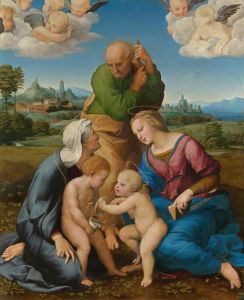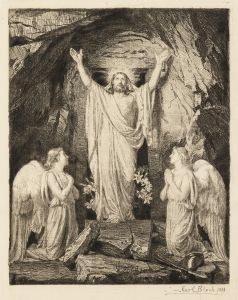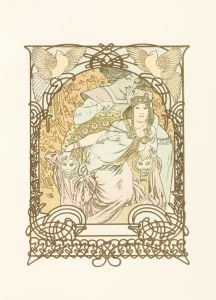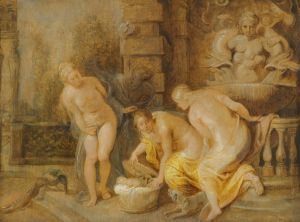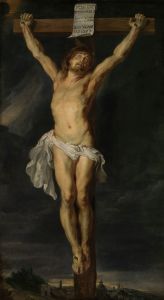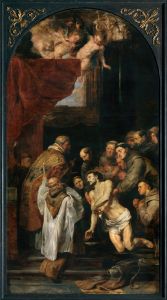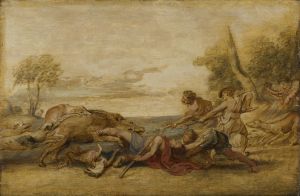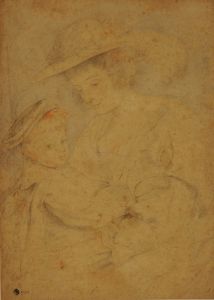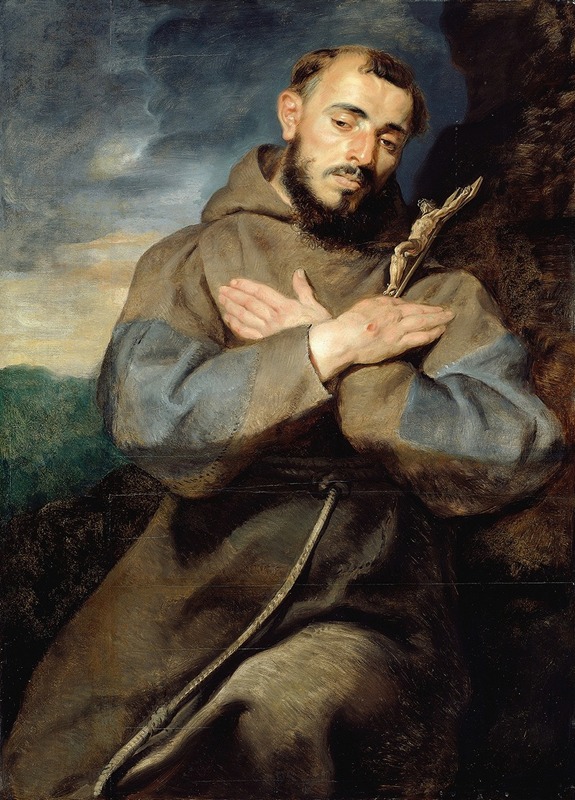
Saint Francis
A hand-painted replica of Peter Paul Rubens’s masterpiece Saint Francis, meticulously crafted by professional artists to capture the true essence of the original. Each piece is created with museum-quality canvas and rare mineral pigments, carefully painted by experienced artists with delicate brushstrokes and rich, layered colors to perfectly recreate the texture of the original artwork. Unlike machine-printed reproductions, this hand-painted version brings the painting to life, infused with the artist’s emotions and skill in every stroke. Whether for personal collection or home decoration, it instantly elevates the artistic atmosphere of any space.
"Saint Francis" by Peter Paul Rubens is a notable painting attributed to the renowned Flemish Baroque artist, Peter Paul Rubens. Rubens, who lived from 1577 to 1640, is celebrated for his dynamic compositions, vibrant use of color, and the emotional intensity of his works. He was a prolific artist whose influence extended across Europe, and his works often depicted religious and mythological subjects, reflecting the Counter-Reformation ideals of his time.
The painting "Saint Francis" depicts Saint Francis of Assisi, a revered figure in Christianity known for his humility, love for nature, and dedication to poverty. Saint Francis, who lived from 1181/1182 to 1226, founded the Franciscan Order and is remembered for his deep spiritual connection with God and all living creatures. Rubens' portrayal of Saint Francis captures the saint in a moment of profound spiritual reflection or ecstasy, a common theme in depictions of Franciscan spirituality.
Rubens' depiction of Saint Francis is characterized by the artist's signature style, which includes dramatic contrasts of light and shadow, known as chiaroscuro, and a rich, warm color palette. The painting likely emphasizes the saint's ascetic lifestyle and his mystical experiences, which were central to his religious life. Rubens' ability to convey intense emotion and spirituality through his art is evident in this work, as he captures the essence of Saint Francis' devotion and piety.
The composition of the painting may include traditional iconography associated with Saint Francis, such as the stigmata, which are the wounds resembling those of Christ's crucifixion that Francis is said to have received as a sign of his deep faith and identification with Christ's suffering. Additionally, the presence of natural elements or animals in the painting would align with Saint Francis' well-documented love for nature and his belief in the interconnectedness of all creation.
While specific details about the creation and provenance of "Saint Francis" by Rubens may not be extensively documented, it is consistent with Rubens' broader body of work, which often explored religious themes with a focus on human emotion and divine interaction. Rubens' paintings were highly sought after during his lifetime, and his workshop produced numerous works that were distributed across Europe, contributing to his enduring legacy.
Rubens' influence on the Baroque movement and his ability to convey complex theological and emotional narratives through his art have cemented his status as one of the most important painters of the 17th century. His depiction of Saint Francis is a testament to his skill in capturing the spiritual fervor and humanistic qualities that defined the religious figures of his time.
In summary, "Saint Francis" by Peter Paul Rubens exemplifies the artist's mastery of Baroque painting techniques and his ability to convey deep spiritual themes. Through his portrayal of Saint Francis, Rubens not only honors the saint's legacy but also reflects the broader religious and cultural currents of his era.





